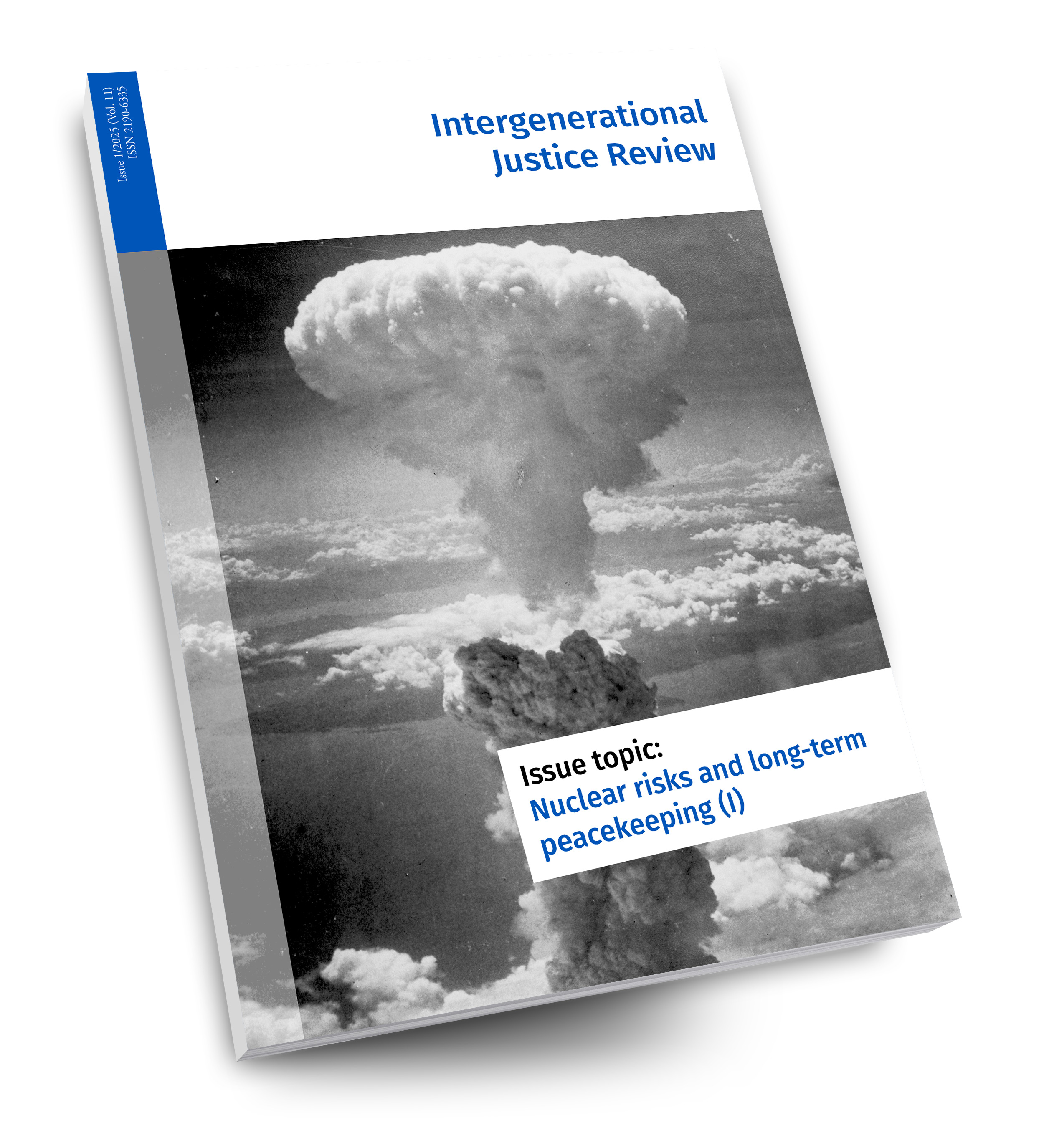Framing the Bomb: media representations, public perceptions and the future of nuclear weapons in the United Kingdom
Main Article Content
Abstract
What is the public perception of nuclear weapons in the UK? And what is the role of the media in shaping this perception? This article examines these questions in the context of the ‘Third Nuclear Age’: a new era of multipolarity, increasing tensions, emerging technologies, and the collapse of longstanding arms control agreements. I begin by placing representations of, and attitudes towards, nuclear deterrence and disarmament within today’s broader political communication landscape. I then examine several illustrative examples of how nuclear weapons are represented in the UK, before examining recent British public opinion about nuclear weapons. I argue that the public understanding of nuclear weapons in the UK is not static or singular but shaped by dynamic, contested narratives that circulate through policy discourse, traditional and digital media, and popular culture. Drawing on framing theory, discourse analysis, and recent public opinion data, I examine how media representations as well as public perceptions and emotions shape what nuclear futures are imagined as possible for the UK in the Third Nuclear Age.
Article Details

This work is licensed under a Creative Commons Attribution 4.0 International License.
Articles in IGJR are being published under the Creative-Commons License "CC 4.0 BY". On the basis of this license, the article may be edited and changed, but the author always has to be credited for the original work. By sending your article to IGJR, you agree to the publication of your article under this license. Please contact us if you do not want to have your article be published under CC 4.0 BY.
